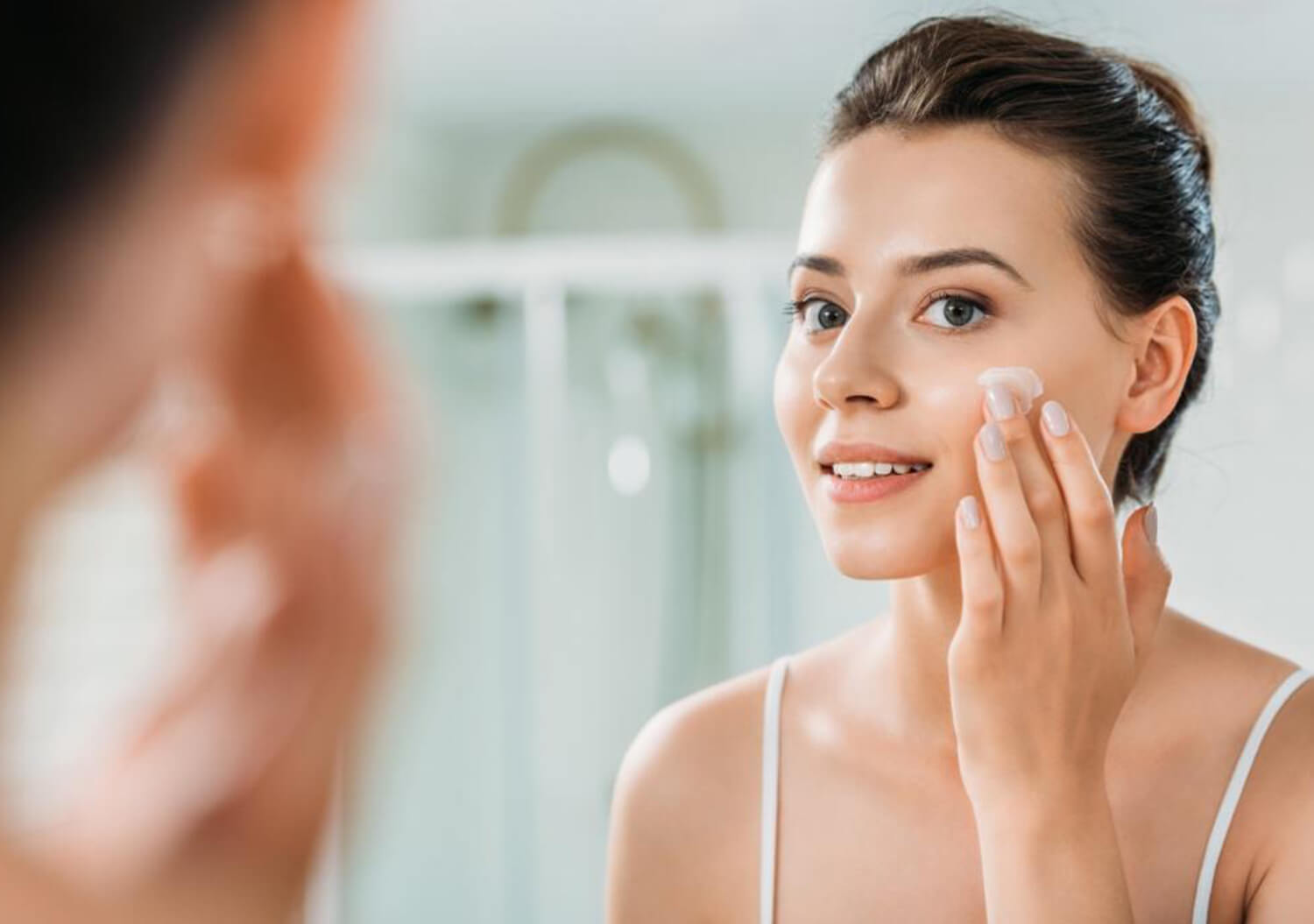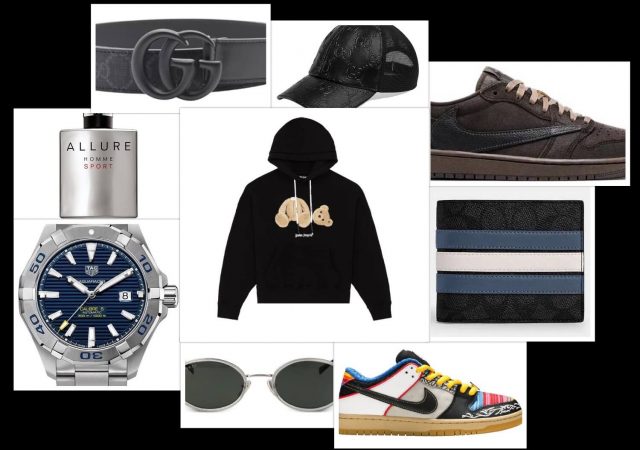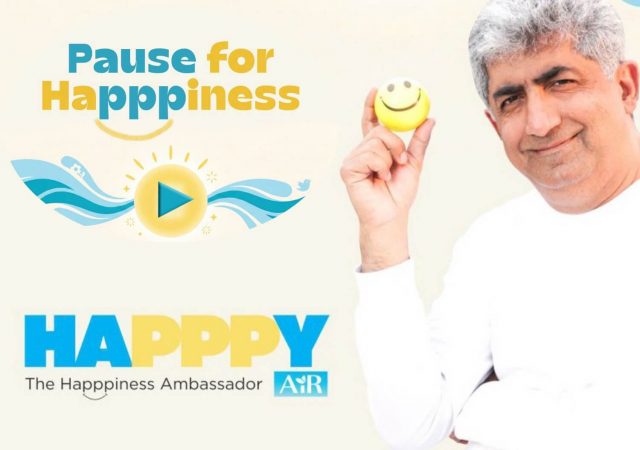By: Ananya Singh
While in the world there are billions of people, it’s still tempting to think that your life is in some way unparalleled. Imagine a world where your face cream is tailor-made for your DNA, your hair mask knows that last Thursday you got highlights, and your serum has a better handle than your partner on your likes, your dislikes, and what you had for breakfast. Right now, innovators from the worlds of tech and cosmetics are dreaming up and making these hyper-personalized cosmetics goods a reality.
What is personalized beauty?
The need for premium skincare, as well as the need for items that are made only for you, is increasing by the day. Bespoke labels put the two together just for you. This new region provides an alternative to products of “one size fits all.” Players in this room use knowledge collected about the genetic makeup and lifestyle preferences of an individual to develop goods that better suit the unique needs of the consumer.
Advances in human anatomy and genomic science have made it possible to customize beauty solutions to the features or genotype of a person, making them more successful.
Additionally, modern technology, including cell phones, wearables, and a host of proprietary devices and accompanying applications, has enabled customers and solution providers to collect an unparalleled amount of personal data, from everyday activities to calorie intake to sleep patterns.
In the personalized skin care sector, Clinique introduced its Clinique ID service that allows you to customize your serum and moisturizer pair. The service has 15 different variations that help to manage the primary concern of your skin, whether it is dullness, unevenness, inflammation or fine lines, while still supplying it with moisture: heavy or light in your desired texture.
Why are personalized beauty products better than your average beauty products?
Cosmetics are inherently personal since there are not two similar faces or hair. That means personalization must be accepted by the beauty industry.
The Paradox of Choice was written in 2004 by psychologist Barry Schwartz about the sense of paralysis that consumers experience when confronted with so many choices. They are less likely to choose something or be pleased with their choice if anyone has so many options. Just like Netflix has taken the feeling out of the equation with its hyper-personalized recommendation engine (which saves $1 billion a year for the company), beauty brands have found out how to use personalization technology to make life simpler for their customers
The fact that customers crave customized experiences is no mystery. Only placing someone’s name in a subject line raises the chances by more than 20 per cent that they would open the text. 77 percent of customers have selected, suggested, or paid more for a brand that offers a personalized service or experience, according to Forrester.
In the beauty room, where the product is inherently personal and built to look different to all, this is particularly crucial. Brands are also increasingly customizing not only shopping experiences and suggestions but products.
Is the personalized beauty experience expensive?
Personalization has long been hindered by technical constraints from expanding beyond food service and into the market for consumer goods. Today, backed by advances in manufacturing and the direct-to-consumer nature of online shopping, at far more affordable prices, personalization has become the hot new thing.
That’s especially true in the hair care industry where the brand FREEWILL uses an AI algorithm to decide the best possible hair care formulations for you. They keep in mind factors such as your lifestyle, texture of hair, the chemical treatments you hair might undergo and even the climate around you. The best part is that they use the best non-toxic ingredients to create the perfect formulation for you in a bottle which is also customizable. They do all of this while
How to get the best personalization experience?
By tapping into something powerful: the idea that we’re all fancy and special enough to have something made just for us, these brands have attracted millions of shoppers.
Not only do you have to know the ins and outs of your own needs to get the most out of personalization via the algorithm, but you have to think about what a brand could be trying to learn by asking a specific question and how that knowledge might impact your performance. In order to get your hands wet, it is the e-commerce equivalent of swiping your hand under an automatic faucet, trying to decide what kind of motion the computer requires. These systems will only go as far as the user-technology relationship allows, which means that if you do a half-assed job reacting to the survey, you will end up with a multivitamin or skin-care regimen that is no better than what you might have purchased at a supermarket.












